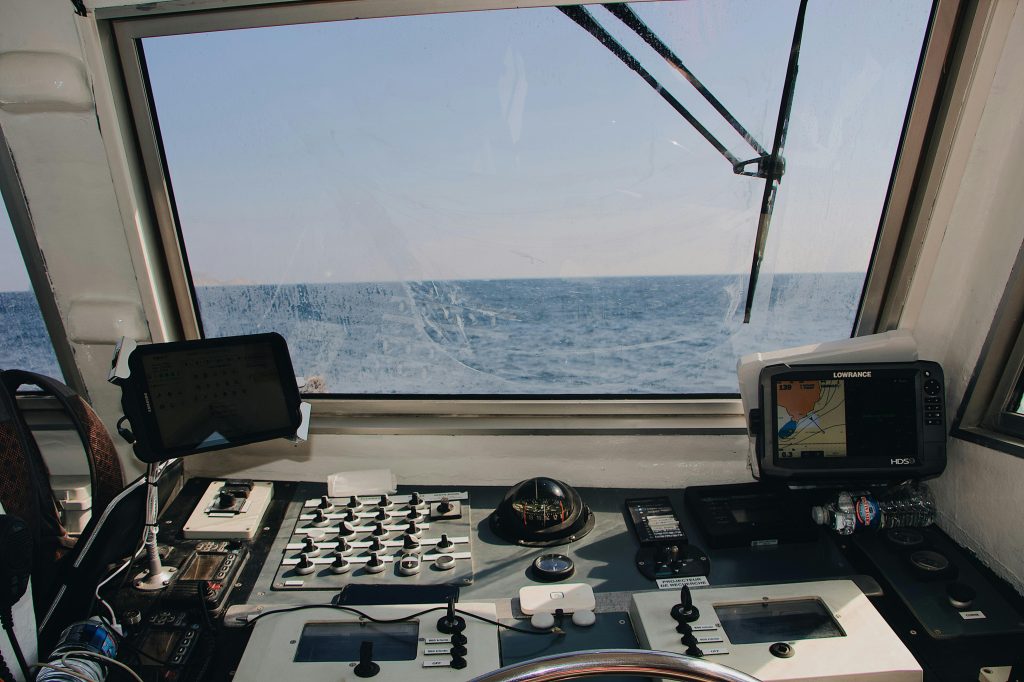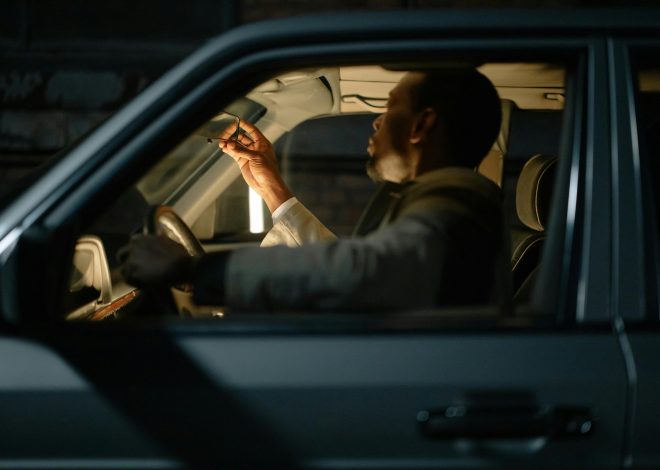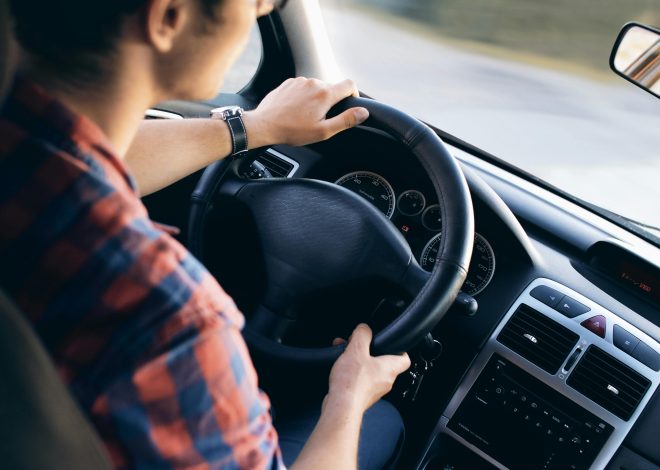When to Safely Use Cruise Control in Traffic: A Driver’s Guide
Maintaining a consistent speed on long highway stretches can be fatiguing—and that’s where cruise control comes in. By automating throttle inputs, cruise control helps you conserve energy, improve fuel efficiency, and focus more on steering. Yet using it in the wrong conditions can dull your reactions and compromise safety. In this post, we’ll explore exactly when it’s safe to engage cruise control, situations to avoid, best practices to follow, and a quick decision checklist you can use before flipping that switch. Whether you drive a family sedan, crossover, or truck, this guide will help you harness cruise control’s benefits without putting yourself at risk.
Why Cruise Control Isn’t Always a Go
Cruise control isn’t simply “set and forget.” Modern systems—especially adaptive cruise control (ACC)—offer advanced features, but they still rely on sensors, road conditions, and vehicle dynamics beyond their control. Over-reliance in complex environments can:

- Delay your reaction time when sudden braking is needed.
- Cause unintended acceleration into slower-moving or stopped traffic.
- Reduce situational awareness, making you less attentive to merging vehicles, debris, or changing road surfaces.
To use cruise control safely, you need to know both its capabilities and its limits.
Ideal Conditions for Engaging Cruise Control
When the following factors align, cruise control can reduce fatigue and help you maintain a steady pace:
1. Light, Steady Traffic Flow
- Vehicles around you move at a consistent speed, with minimal braking or acceleration required.
- You have a clear cushion of space ahead—ideally at least a 3–4 second following gap.
2. Highway and Freeway Driving
- Limited-access roads with on- and off-ramps only.
- Few sharp curves or steep grades that demand constant speed modulation.
3. Dry, Clear Weather
- Good traction on asphalt without standing water, ice, or snow.
- Strong visibility with no fog, heavy rain, or blowing dust.

4. Consistent Speed Limits
- Long stretches of road where posted limits match your desired cruise setting.
- Minimal zones requiring frequent speed changes (e.g., construction, school, or residential areas).
Situations to Avoid Cruise Control
Even brief lapses in control can lead to accidents. Turn cruise control off in these scenarios:
1. Stop-and-Go or Dense Traffic
Uneven spacing and variable speeds force constant human intervention. Cruise control may accelerate into a slowing vehicle.
2. Wet, Icy, or Slippery Roads
Loss of traction demands instant throttle and brake adjustments—assets cruise control can’t provide.
3. Hilly or Winding Terrain
- Uphills: Cruise control may apply full throttle, risking loss of speed.
- Downhills: The system won’t engine-brake adequately, potentially leading to overspeed.
4. Poor Visibility Conditions
Rain, fog, or night driving on unlit roads requires heightened attention and manual speed control.
5. Areas with Frequent Speed or Lane Changes
- Construction zones with shifting lanes and speed limits.
- School zones, town centers, or areas with pedestrian crossings.
Best Practices for Safe Cruise Control Use
Even in ideal conditions, follow these guidelines to stay in command:
1. Stay Ready to Brake
Keep your foot lightly grazing the brake pedal—never tucked away—and disengage the system immediately when needed.

2. Mind Your Following Distance
For non-adaptive systems, manually set a safe gap of at least 3 seconds behind the vehicle ahead; for ACC, choose the longest available distance setting.
3. Combine with Adaptive Features
If your vehicle offers radar- or camera-based ACC, enable it to automatically adjust speed for slower vehicles, while still monitoring road conditions yourself.
4. Disengage Before Complex Maneuvers
Always turn off cruise control before lane changes, entering or exiting ramps, or when anticipating heavy traffic flow changes.
5. Maintain Vigilance
Resist the temptation to drift into daydreams. Continuously scan mirrors, gauge traffic behavior, and watch for pedestrians or debris.
Quick Decision Checklist
Before you hit the “SET” button, pause and confirm:
- Traffic Flow: Is the traffic light and moving at a steady pace?
- Road Type: Am I on a limited-access highway with minimal intersections?
- Weather & Surface: Is the road dry and visibility clear?
- Speed Limit: Does the posted limit match my intended cruise speed?
- Following Distance: Can I maintain at least a 3-second gap (or ACC’s longest setting)?

If you answer yes to all five, it’s safe to engage cruise control. If no to any, keep manual throttle and brake control.
Conclusion
Cruise control can transform tedious highway drives into more comfortable journeys—yet only when used judiciously. Rely on it in light, steady traffic on clear, straight roads, and disengage immediately in dense traffic, poor weather, or complex road layouts. Combine best practices like maintaining a safe following distance, staying ready to brake, and using adaptive systems when available. With the quick decision checklist in mind, you’ll maximize cruise control’s benefits while maintaining the vigilance and responsiveness that safe driving demands.



